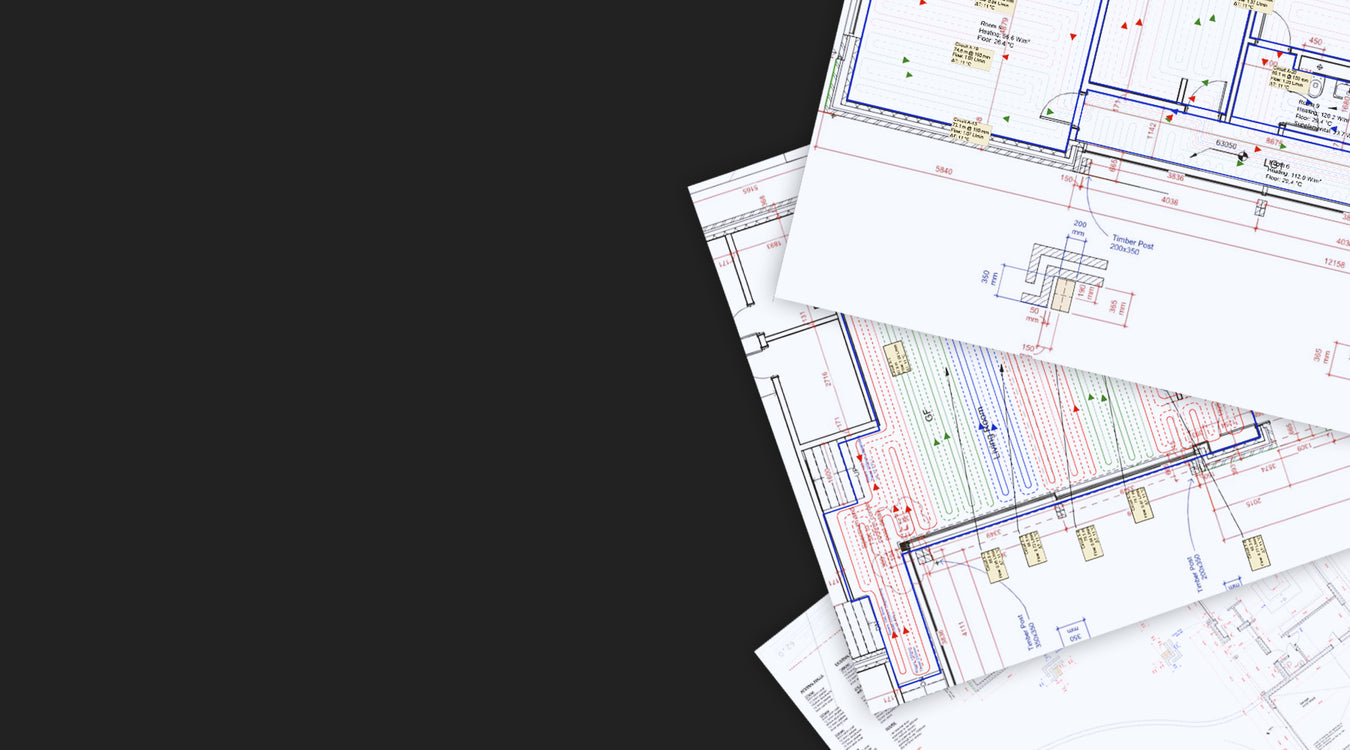DIY underfloor heating is a project that, with careful planning and attention to detail, can greatly enhance your home's comfort and efficiency. By following these top tips - planning thoroughly, investing in quality materials, following manufacturer instructions, and testing the system - you'll be well on your way to a successful installation. Remember, if you ever feel out of your depth, don't hesitate to seek professional advice to ensure a safe and effective heating system.
For expert advice, quality products, and everything you need for your DIY underfloor heating project, be sure to explore the rest of The Underfloor Heating Store.

 Get A Free Quote
Get A Free Quote
 Contact Our Team
Contact Our Team
 View Account
View Account
















































